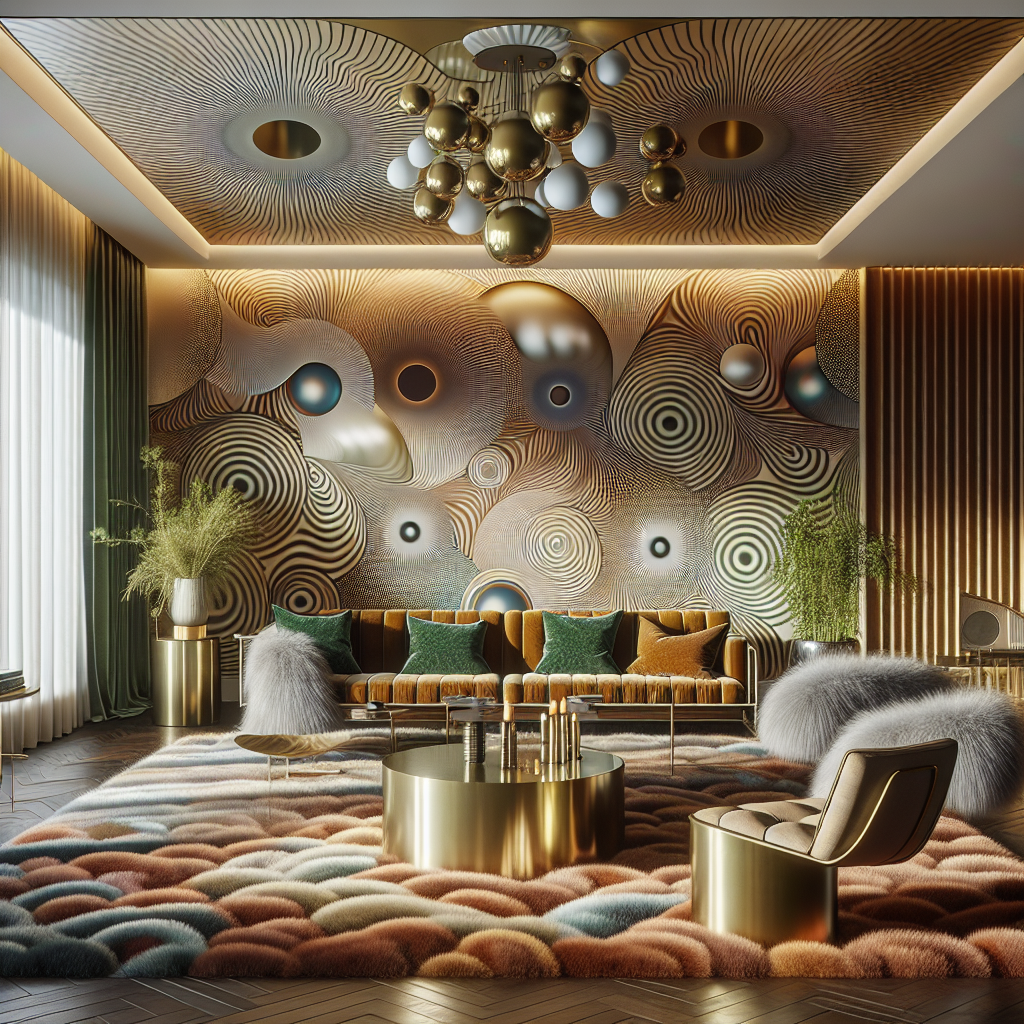Eco-Friendly Outdoor Furniture: Stylish & Sustainable Choices

Eco-Friendly Outdoor Furniture: Stylish & Sustainable Choices
As climate consciousness becomes an essential driver of design, the realm of outdoor furniture is undergoing a profound transformation. No longer relegated to purely functional pieces, today’s eco-friendly outdoor furniture embodies a sophisticated balance of sustainability, durability, and aesthetic refinement. For architects, designers, and discerning homeowners, the challenge lies in curating outdoor environments that are not only visually compelling but also aligned with the urgent imperatives of environmental responsibility. This article explores the materials, innovations, and design philosophies shaping the future of sustainable outdoor living.
The Rise of Sustainable Outdoor Living
Outdoor spaces have evolved into extensions of the home, reflecting a growing emphasis on biophilic design and wellness-driven architecture. According to a 2024 report by Allied Market Research, the global outdoor furniture market is projected to surpass $70 billion by 2030, with sustainability as a key growth driver. This surge reflects not only consumer demand for durable and stylish pieces but also the increasing pressure on manufacturers to reduce their environmental footprint.
In this context, eco-friendly outdoor furniture has become a focal point of design innovation. The trend is not simply about using recycled materials—it’s about rethinking the entire lifecycle of a product, from responsible sourcing to circular economy strategies. As seen in broader architectural practices such as zero-waste design, furniture makers are adopting similar philosophies to ensure longevity and recyclability.
Materials Defining the Future of Outdoor Furniture
The material palette for sustainable outdoor furniture is both diverse and inventive, often merging traditional craftsmanship with cutting-edge technologies. Among the most prominent are:
- Reclaimed Wood: Salvaged teak, oak, and cedar are prized for their weather resistance and rich patina. Beyond aesthetics, reclaimed wood reduces deforestation and embodies the principle of giving materials a second life, echoing the ethos of reclaimed design.
- Recycled Plastics: High-density polyethylene (HDPE) derived from post-consumer waste has become a staple in sustainable furniture. Brands are transforming discarded bottles and packaging into sleek, durable chairs and tables that resist fading and cracking.
- Bamboo: As one of the fastest-growing renewable resources, bamboo offers both strength and flexibility. Its linear grain and warm tone lend an organic elegance to contemporary outdoor collections.
- Metal Alloys: Powder-coated aluminum and recycled steel are being used to create lightweight yet robust frames. Their recyclability ensures minimal waste at the end of the product’s lifecycle.
- Biodegradable Composites: Innovations in biodegradable resins and natural fiber composites are pushing the boundaries of what sustainable furniture can achieve, aligning with advances in biodegradable architecture.
Design Philosophies: From Minimalism to Biophilia
Eco-friendly outdoor furniture is not limited to material choices—it is also deeply influenced by design philosophies that prioritize human well-being and environmental harmony. Minimalist collections, with their clean lines and restrained palettes, reduce material waste while emphasizing timelessness over trend-driven consumption. Meanwhile, biophilic-inspired designs integrate natural textures, curved silhouettes, and plant-based materials to foster a sense of connection with the environment.
For instance, modular seating systems that can be reconfigured for different occasions not only enhance flexibility but also extend the lifespan of a product. This approach resonates with the principles of modular design, where adaptability becomes a cornerstone of sustainability.
Case Studies: Brands Leading the Way
Several pioneering brands and studios are setting benchmarks in the sustainable outdoor furniture sector:
- Dedon: Known for its handwoven outdoor pieces, Dedon has embraced recycled synthetic fibers and low-impact production methods, creating collections that merge artisanal craft with ecological responsibility.
- Emeco: The American brand, famous for its aluminum Navy Chair, has expanded into outdoor collections using recycled PET and eco-friendly aluminum alloys, demonstrating how industrial heritage can evolve sustainably.
- Vondom: Based in Spain, Vondom has launched furniture lines made entirely from recycled plastics collected from the Mediterranean Sea, turning marine waste into sculptural, futuristic designs.
These examples highlight how sustainability can coexist with luxury, offering pieces that are as much about narrative and innovation as they are about comfort and function.
Integrating Eco-Friendly Furniture into Architectural Narratives
For architects and designers, outdoor furniture is more than an accessory—it is an integral component of spatial storytelling. A teak bench placed beneath a pergola, a sculptural recycled-plastic lounger by the pool, or a bamboo dining set on a rooftop terrace all contribute to the atmosphere and identity of a space. The interplay between furniture and architectural elements can reinforce a project’s sustainability credentials while elevating its aesthetic coherence.
In urban contexts, where green roofs and vertical gardens are redefining cityscapes, eco-friendly outdoor furniture becomes a natural extension of these ecological interventions. It transforms rooftops, courtyards, and balconies into sanctuaries of sustainability and style.
Consumer Demand and the Future Outlook
According to a 2023 survey by the American Society of Interior Designers, 65% of respondents indicated that sustainability is a top priority when purchasing outdoor furniture. This shift is particularly pronounced among younger demographics, who view design as a platform for activism and environmental stewardship. The integration of circular economy principles, coupled with technological innovations such as 3D printing of recycled materials, suggests that the sector will continue to evolve rapidly.
Looking ahead, the fusion of smart technology with sustainable furniture—such as solar-powered loungers or biodegradable seating with embedded sensors—could redefine outdoor living. This convergence mirrors broader architectural explorations into sustainable architecture, where design, technology, and ecology are increasingly inseparable.
A New Paradigm of Outdoor Luxury
Eco-friendly outdoor furniture is no longer a niche category; it is the new standard for luxury living. For professionals in architecture and design, the challenge lies in curating pieces that embody both environmental ethics and aesthetic sophistication. The most compelling projects are those where sustainability is not an afterthought but a guiding principle—where every chair, table, and chaise longue tells a story of responsibility, resilience, and refinement.
As the boundaries between indoor and outdoor living continue to blur, the demand for stylish, sustainable, and durable outdoor furniture will only intensify. For the design community, this represents not just a market opportunity but a cultural mandate: to craft environments that honor both human comfort and planetary well-being.
Published on 09/05/2025








